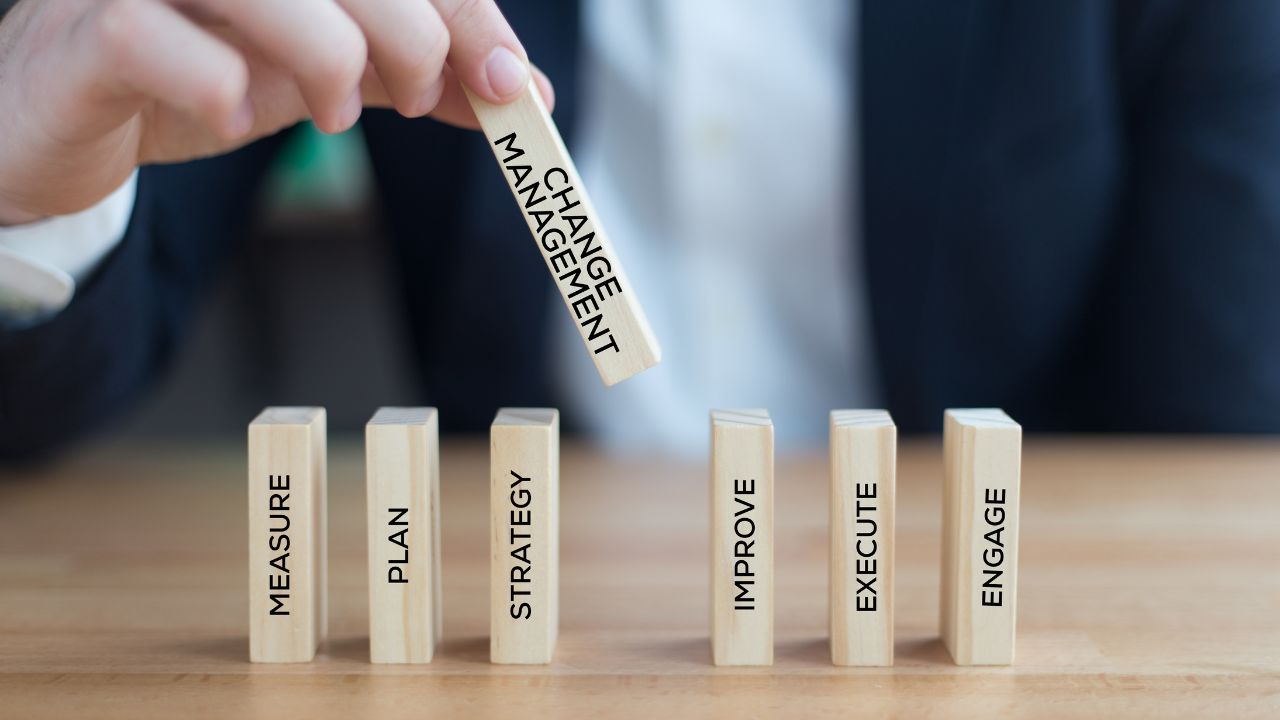High Stakes Game
Leadership and organizational change are inextricably intertwined. Yet, traditional approaches to leadership development are failing today’s leader’s and organizations’ transformation efforts. The unprecedented pace of societal and organizational change has left business leaders in over their heads. The complexity of their world is beyond the development of their perspective to solve its challenges. Less than 10% of leaders possess the mindset, capacity, and agility to make complex decisions quickly and effectively to lead change and transformation. The shortage of prepared leaders is often referred to as the ‘The Leadership Gap,’ a term that emphasizes the growing chasm between today’s leadership skills and those needed to solve future challenges.
As the global community emerges from the COVID-19 pandemic, war and conflict in Ukraine, and the possibility of a recession- business leaders must lead. The pandemic has accelerated the adoption of digital technologies, the development of new business models, and new ways of working. Most companies are now engaged in one or more of these types of transformation. According to 82% of board members and CEOs in the EY 2021 Global Board Risk Survey, market disruptions have become more frequent and impactful. To keep pace, companies have begun to transform more frequently. Nevertheless, transformational change efforts fail at an alarming rate, with only 30% of change programs succeeding. How is this possible? Why have textbook change strategies continued to fail?
Meanwhile, the change management industry is burgeoning, change management certification programs proliferate the market, more graduate-level programs are placing change management courses in their curriculums, and corporations are building internal change management offices (CMOs) and change centers of excellence (CCOEs) focused on building change management capabilities throughout the organization targeting senior leaders and managers who often are tasked with sponsoring and leading large-scale transformational efforts.
Given the high failure rate, it’s becoming clear that leaders’ worldviews are insufficient for today’s volatility and uncertainty. The skills needed for leadership have undergone a seismic shift. Leading transformational change in today’s environment requires more diverse, complex, and adaptive thinking capabilities for survival and growth. Unfortunately, the methods used to develop change leaders have not changed much. Most leaders are being developed via on-the-job experiences, instructor-led training, coaching, and mentoring. While these traditional methods are still important, change leaders are no longer developing fast enough or in the right ways to lead through today’s ambiguity and unpredictability. This has led to the continued emergence of vertical leadership development as a viable solution to closing the change leadership gap.
Vertical Leadership Development
To understand vertical leadership development, you must contrast it with horizontal development, which we typically think of when it comes to leadership development. Nick Petrie, a leading expert in vertical development, refers to horizontal development as building more knowledge, skills, competencies, and technical capabilities. Traditionally, leadership programs have focused mainly on horizontal development. This is where 99% of leadership development and training budgets are spent today, on instructor-led training and webinars that build skills in delegation, influence, conflict resolution, executive presence, and giving feedback- but have not focused on shifting or elevating leaders’ mindsets. In contrast, vertical leadership development “advances a person’s thinking capability.”
The outcome of vertical stage development is the ability to think in more complex, systemic, strategic, and interdependent ways. Vertical development entails growing through successive stages to broaden and expand your capacity to see the world and shift your mindset to take in more complexity. Some have described vertical growth as akin to upgrading the operating system of your smartphone, which makes it possible to run more complex and cutting-edge applications.
Table 1. Horizontal and Vertical Development Compared.

Looking Toward the Future
Traditional horizontal leadership development still matters; the summit is simultaneously developing change leaders vertically and horizontally. Petrie suggests that “the looming challenge for most organizations is that their leadership development efforts are focused exclusively on horizontal development. Rather than not enough vertical development, the problem for most is that there is none.” In her 2020 article, Understanding Vertical Development, Sandra Ellison, a leading executive coach, and consultant in the space, describes the future of vertical development this way:
There will be a significant competitive advantage for those companies who exercise the patience and curiosity to understand what vertical development is about, how to leverage the wisdom that researchers have cultivated, and thoughtfully shape their developmental approaches to grow their leaders in this way.
Both horizontal and vertical leadership development is essential in equipping leaders to navigate today’s unpredictable business environment. Leaders who undertake a voyage of personal understanding and self-development possess the capability to transform themselves and their companies. However, only vertical development is designed to meet today’s complex, dynamic, and messy leadership challenges by expanding leaders’ mindsets and shifting how they think by looking inward and learning skills in self-awareness, self-management, self-leadership, and ultimately self-mastery.

























